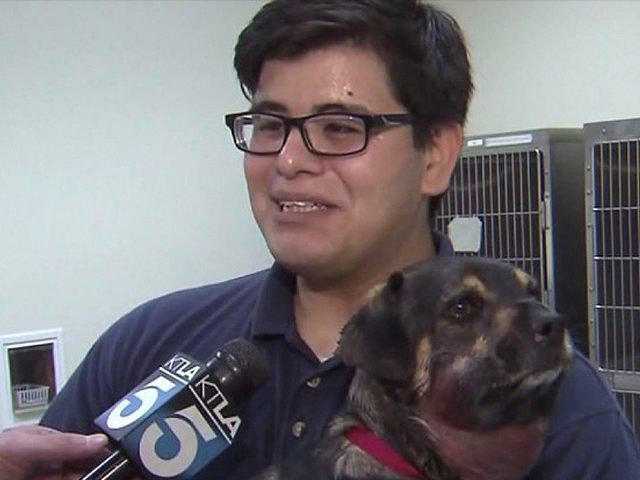The abuse of a popular visa program intended to allow foreigners to come to the U.S. for educational exchange purposes is a “sidelight” to the San Bernardino terrorist attacks that shows additional dysfunction in the nation’s immigration system, The Wall Street Journal reports.
As the paper recounts, Enrique Marquez Jr. — the man accused of purchasing the guns used in the San Bernardino attacks — has also been charged with entering into phony marriage in 2014 with a Russian woman named Mariya Chernykh.
Chernykh initially came to the U.S. on a J-1 visa, but remained in the U.S. illegally for six years after her three month visa expired. To date, she has not been charged in connection with the Dec. 2 attacks that killed 14 people.
There is no cap on the number of J-1 visas issued annually for finite stays and those who overstay their visas become part of the illegal immigrant population in the U.S., the WSJ reports. Some 40 to 50 percent of the illegal population are those who were granted legal access to the U.S. but overstayed their visas.
“The J-1 category is a huge, catchall category for all sorts of purposes, and it’s relatively easy for people to use,” Margaret Stock, an immigration expert, told the WSJ. “Some J-1s come here, they love America and they hear the misinformation that nothing is going to happen if they overstay.“
As the WSJ notes, while it is illegal to overstay one’s visa, the Department of Homeland Security rarely “tracks down” those who overstay their visa.
“Visa overstays are a long-standing challenge for immigration enforcement,” Marc Rosenblum, deputy director for U.S. immigration policy at the Migration Policy Institute, told the paper. “Overstay enforcement has never been a top priority, and completing a system to reliably identify and track overstayers remains years away.”
According to the WSJ, in fiscal year 2014 the U.S. issued 331,068 J-1 visas to applicants from 200 countries and rejected another 42,792 applications. The Journal notes that is is “unclear” how many J-1s are part of the visa overstay population.
As with other foreigners in the country illegally, the DHS doesn’t attempt to locate visa overstays unless a person has committed a crime or is in police custody, the spokeswoman said. Thus, it is unlikely that Ms. Chernykh would have raised any red flags.
Marquez’s marriage to Chernykh on November, 2014 made her eligible to apply for legal permanent residency, despite having overstayed her initial three-month visa.
A day after the attack, she was due at a DHS office in Southern California for a green-card interview, according to law-enforcement officials. Officials wouldn’t comment on whether she might face any charges or deportation because of the continuing investigation.

COMMENTS
Please let us know if you're having issues with commenting.